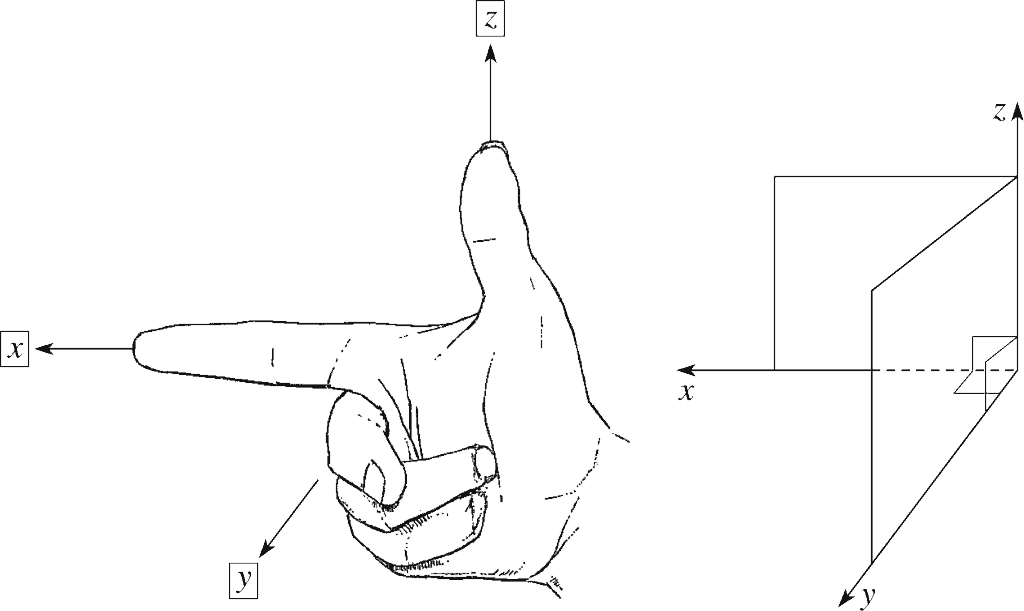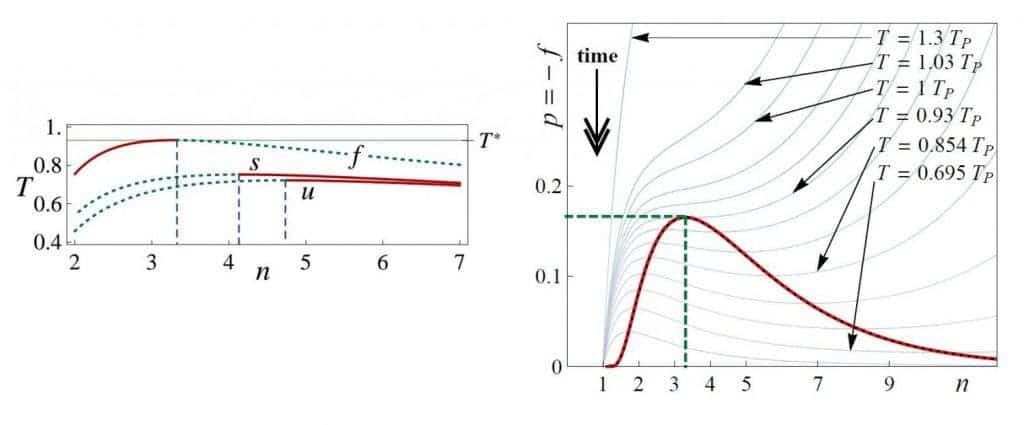
By all account, we can only perceive three spatial dimensions: width, length and height. Everything seems more vibrant and ‘real’ in 3-D, compared to 2-D, but one can only wonder what things must look in four dimensions. Alas, our brains simply can’t fathom a four-dimensional universe, let alone a 99-dimension universe. Moreover, it seems our Universe simply can’t host more than three dimensions due to the laws of thermodynamics, physicists say.
The first law of thermodynamics explains why time is one dimensional. It says that entropy (how disordered a system is) can never decrease. In other words, time can move in only one direction (forward). Can the second law of thermodynamics explain a 3-D space? Maybe, some physicists thought.
A team from University of Salamanca in Spain and the National Polytechnic Institute of Mexico investigated what would happen if you start a new Universe with an undefined number of dimensions. In other words, a universe where it’s unclear in which directions matter and energy can move.
In this hypothetical Universe, just a tiny fraction of a second after the Big Bang when everything was really hot, all energy occupied a tiny amount of space. At this point, there was really no way of telling between a universe with one dimension or one with 99.
The 2nd of thermodynamics says that you can’t get more energy than you have from the get go. This is why perpetual motion machines are impossible. In the case of the Universe, it’s always expanding which means it’s getting bigger in space while at the same time conserving its energy. In other words, as the universe expands there will be less energy in a volume of space. This also means that once the Universe has transitioned into a state of expansion, it can no longer host the same action it had in the past everywhere because everywhere now has less energy than it had.
Back to our hypothethical universe, once it cooled down it had to deal with a thermodynamic quantity called the Helmholtz free energy density — a sort of pressure on all of space. In the model, this pressure was maximum in those moments following the Big Bang when there were only three dimensions. Because the Universe is constantly cooling down since the Big Bang, there’s less temperature, hence less energy to break the Hemlholtz free energy density and no way to move to a higher dimensional space. We were stuck in 3D since the Big Bang, it seems, because of the physics.

“The greatest significance of our work is that we present a deduction based on a physical model of the universe dimensionality with a suitable and reasonable scenario of space-time. This is the first time that the number ‘three’ of the space dimensions arises as the optimization of a physical quantity,” said Julian Gonzalez-Ayala, at the National Polytechnic Institute in Mexico and the University of Salamanca in Spain for Phys.org.
“In the cooling process of the early universe and after the first critical temperature, the entropy increment principle for closed systems could have forbidden certain changes of dimensionality,” the researchers explained.
Of course, this isn’t the final word. Next, the researchers plan on refining the model so more quantum effects are included like the so-called “Planck epoch.”






